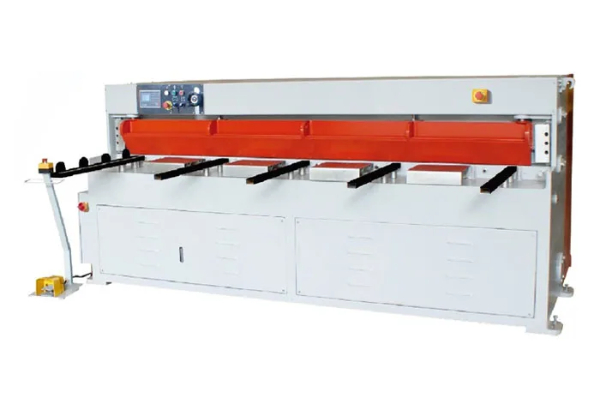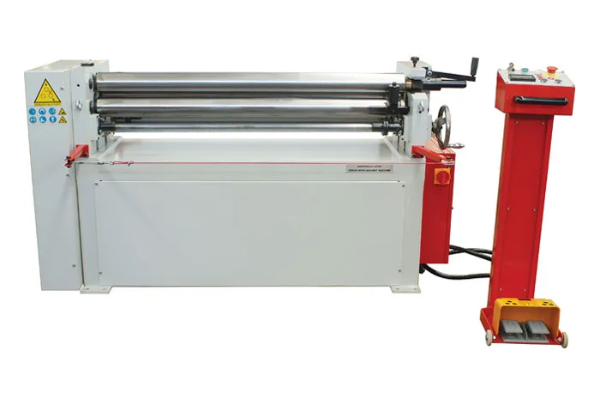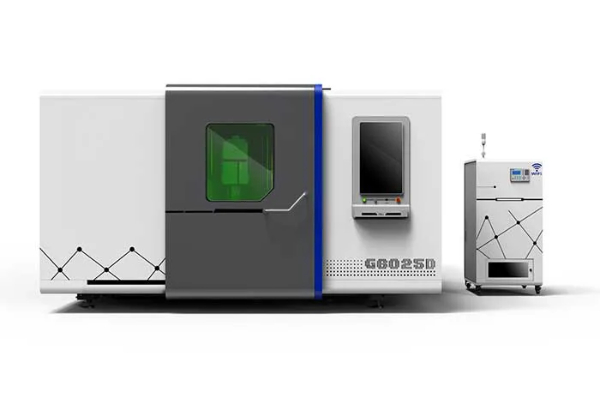
Safety Practices for Operating Precision Metal Cutting Machines
- By:Metmac
- 2024-07-12
- 124
Precision metal cutting machines are powerful tools that can quickly and accurately cut through various metals. However, these machines can also be dangerous if not properly operated, leading to severe injuries. To ensure the safety of operators and others in the vicinity, it is essential to follow established safety practices.
Hazard Identification and Control
Sharp edges and burrs: Metal cutting machines produce sharp edges and burrs on both the workpiece and the tools. Wear protective gloves and clothing and use appropriate handling techniques to avoid lacerations and punctures.
Flying debris: Cutting machines generate flying metal chips and sparks that can cause eye injuries, skin burns, and even respiratory problems. Wear safety glasses, face shields, and respirators when operating the machine.
Pinch points: Moving parts on the machine can create pinch points that can crush fingers or hands. Keep hands away from moving parts and use proper lockout/tagout procedures when servicing the machine.
Electrical hazards: Electrical components in the machine pose a risk of shocks, burns, and electrocution. Ensure proper grounding and insulation, and never operate the machine with damaged electrical components.
Machine Setup and Operation
Secure workpiece: Improperly secured workpieces can fly out of the machine during cutting, causing serious injuries. Use appropriate clamps, fixtures, and vises to securely hold the workpiece in place.
Proper tool selection: Choosing the correct cutting tools is crucial for safe operation. Use recommended tool types, sizes, and speeds based on the material and cutting parameters.
Lubrication and cooling: Keep the cutting area well-lubricated and cooled to reduce friction and heat buildup. Improper lubrication can lead to tool failure and potential accidents.
Emergency stop: Familiarize yourself with the emergency stop buttons and ensure they are easily accessible. In case of any emergency, immediately press the emergency stop to shut down the machine.
Personal Protective Equipment (PPE)
Safety glasses: Always wear safety glasses or goggles to protect your eyes from flying debris, sparks, and chemical splashes.
Face shields: Face shields provide additional protection for your face and neck from flying debris and sparks.
Hearing protection: Operating metal cutting machines can produce loud noises. Wear earplugs or earmuffs to prevent hearing loss.
Respirators: When cutting metals that generate hazardous fumes or dust, wear a respirator to protect your lungs.
Training and Supervision
Operator training: Operators should receive comprehensive training on the specific machine they will operate, including safety protocols, operating procedures, and emergency response plans.
Supervision: New operators or those operating unfamiliar machines should be closely supervised until they become proficient and comfortable with the operation.
Safety inspections: Regular safety inspections should be conducted to ensure that the machine and work area are in good condition and meet safety standards.
By adhering to these safety practices, operators of precision metal cutting machines can significantly reduce the risk of accidents and injuries. Remember, safety should always be the top priority when operating any machinery.
-
The Advantages of Using a Sheet Roll Forming Machine in Manufacturing
2024/09/14 -
How to Optimize Your Laser Sheet Cutting Machine for Maximum Performance
2024/09/12 -
How to Maximize Efficiency with Modern Sheet Metal Working Machines
2024/09/04 -
The Environmental Benefits of Using Duct Board Grooving Machines
2024/09/03
-
Efficient Laser Cutting Machines for Steel Plate and Sheet Metal Fabrication
2025/07/03 -
Versatile Sheet Metal Machinery for Precision Fabrication
2025/07/03 -
High-Quality Sheet Metal Laser Cutting Machines for Modern Fabrication
2025/07/03 -
High-Precision Sheet Metal Equipment for Modern Manufacturing
2025/06/28
-
Latest Technological Advancements in Rectangular Duct Machines
2024/05/11 -
Integrating Automation with Rectangular Duct Machines for Enhanced Productivity
2024/05/11 -
Metal Shear Machines- Essential Tools for Precision Metal Cutting
2024/05/11 -
Understanding the Role and Function of Steel Strip Slitting Machines
2024/05/11
-
A Guide to the Latest Innovations in Sheet Metal Folding Machines
2024/11/29 -
Key Features to Consider When Investing in a Sheet Metal Folding Machine
2024/11/28 -
Enhancing Precision with Advanced Sheet Metal Folding Machines
2024/11/27 -
How to Choose the Right Sheet Metal Folding Machine for Your Workshop
2024/11/26



